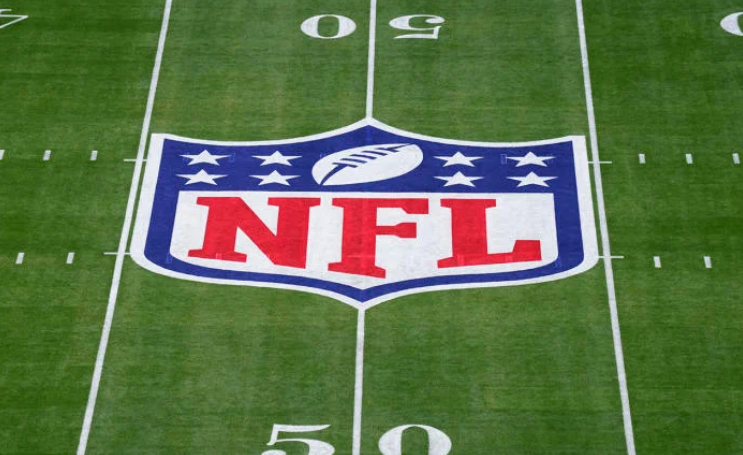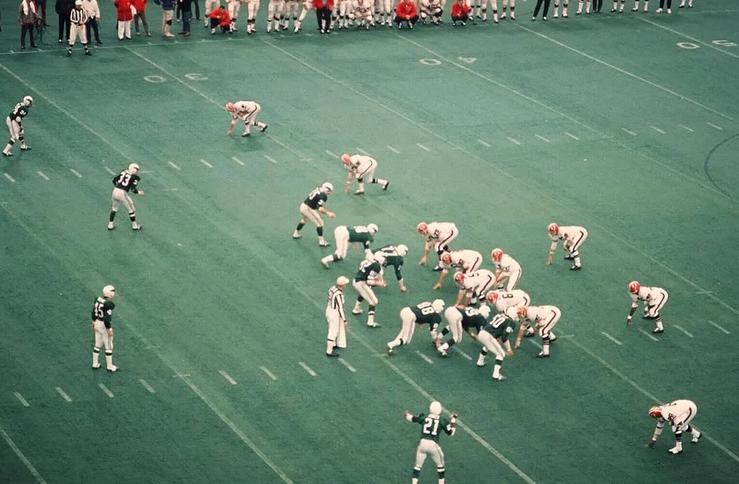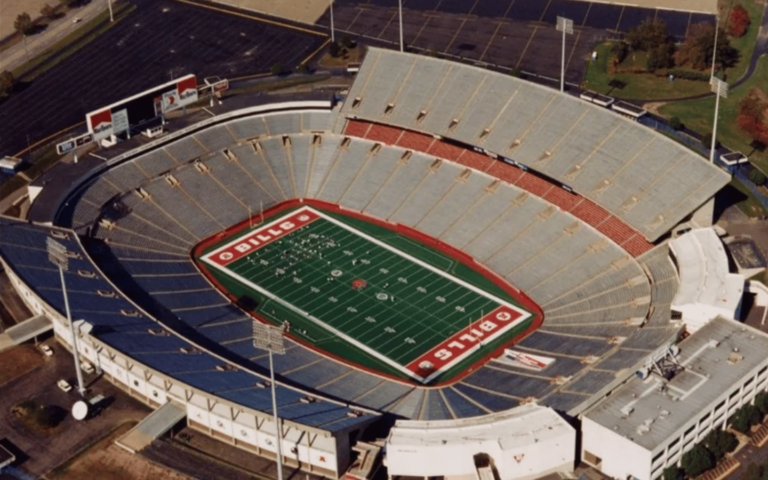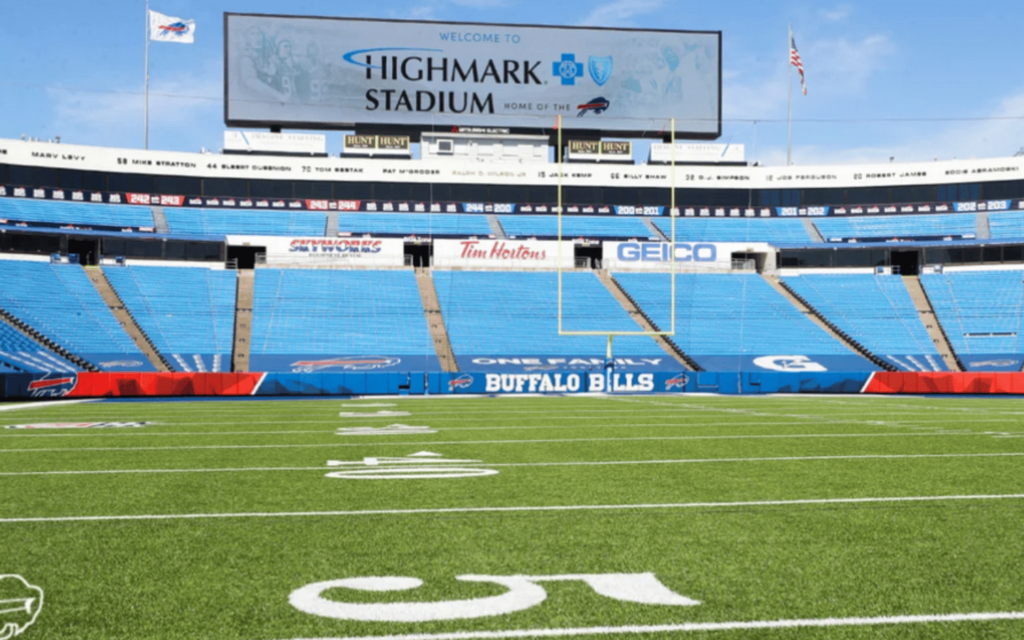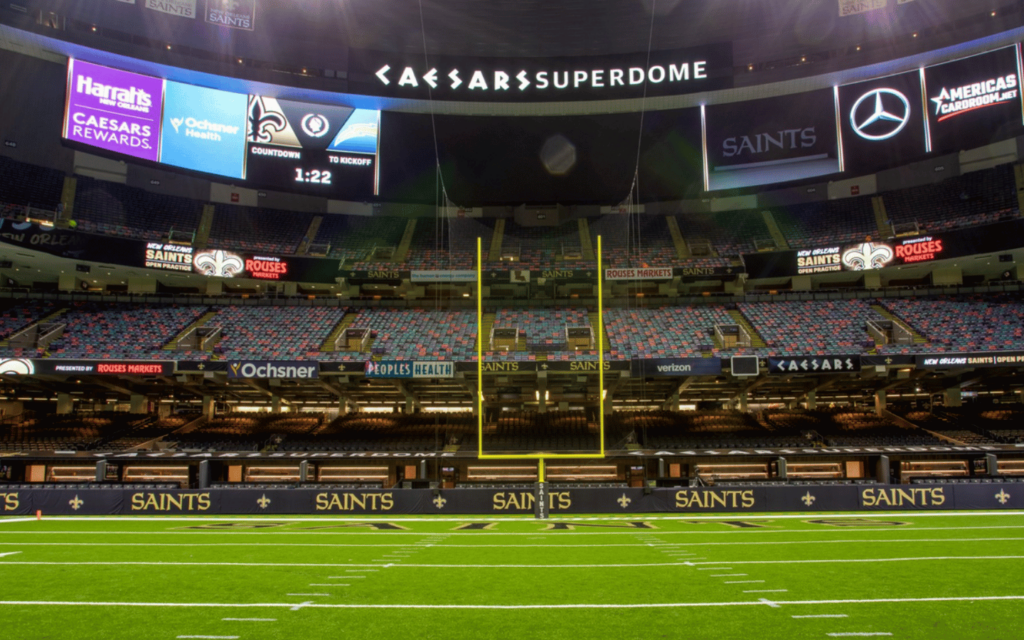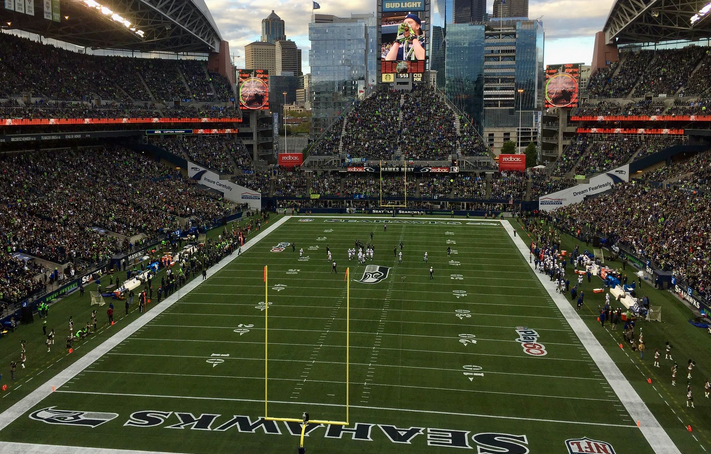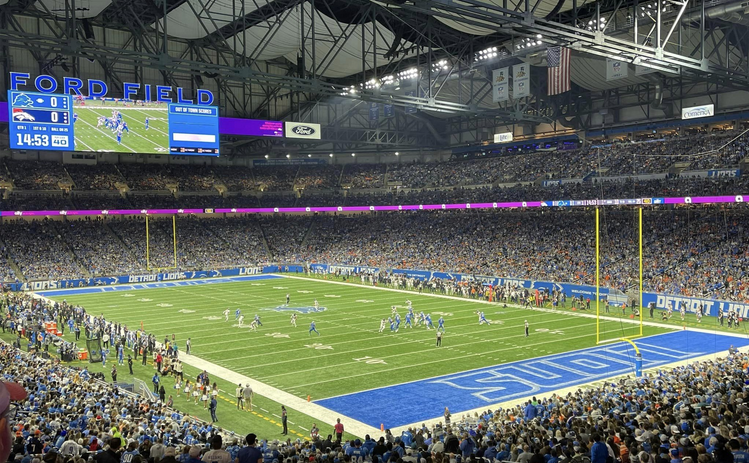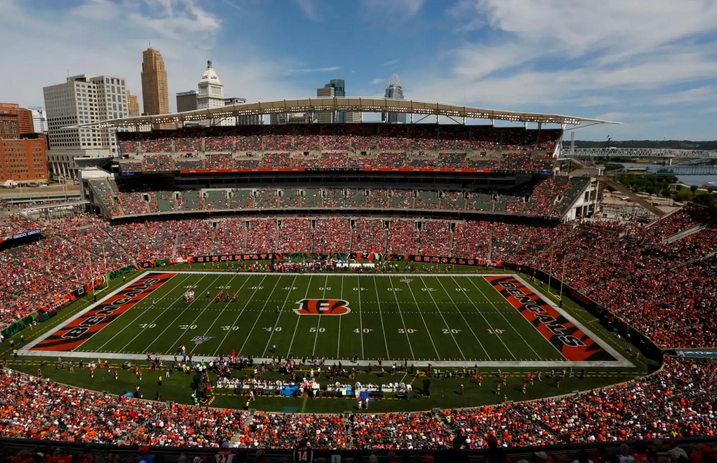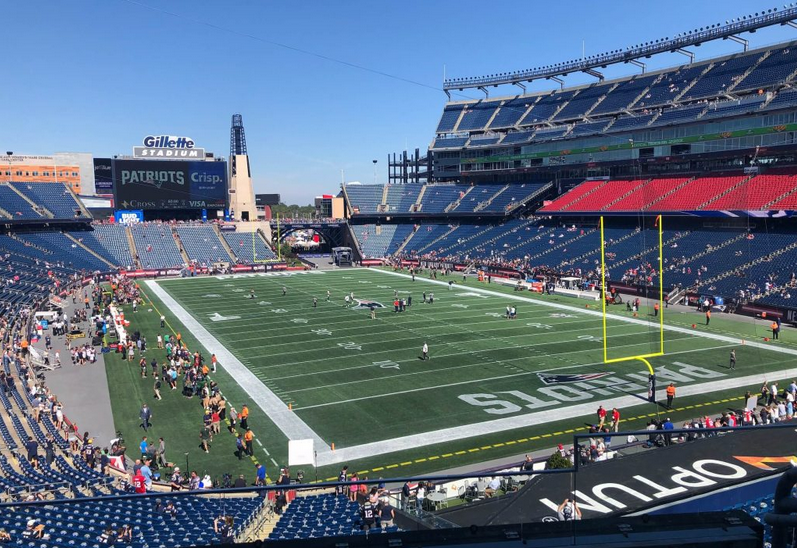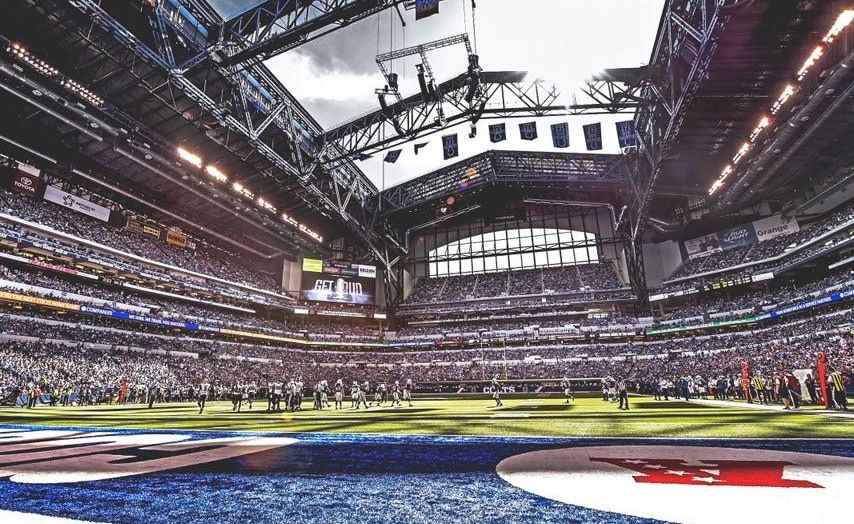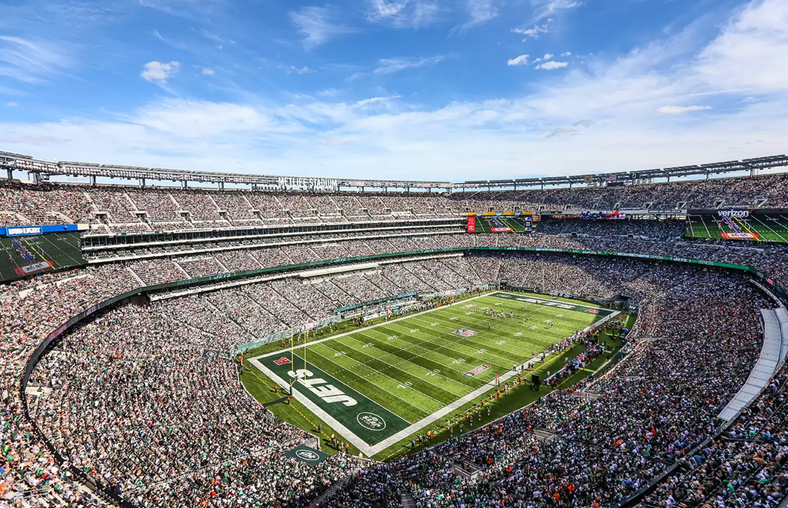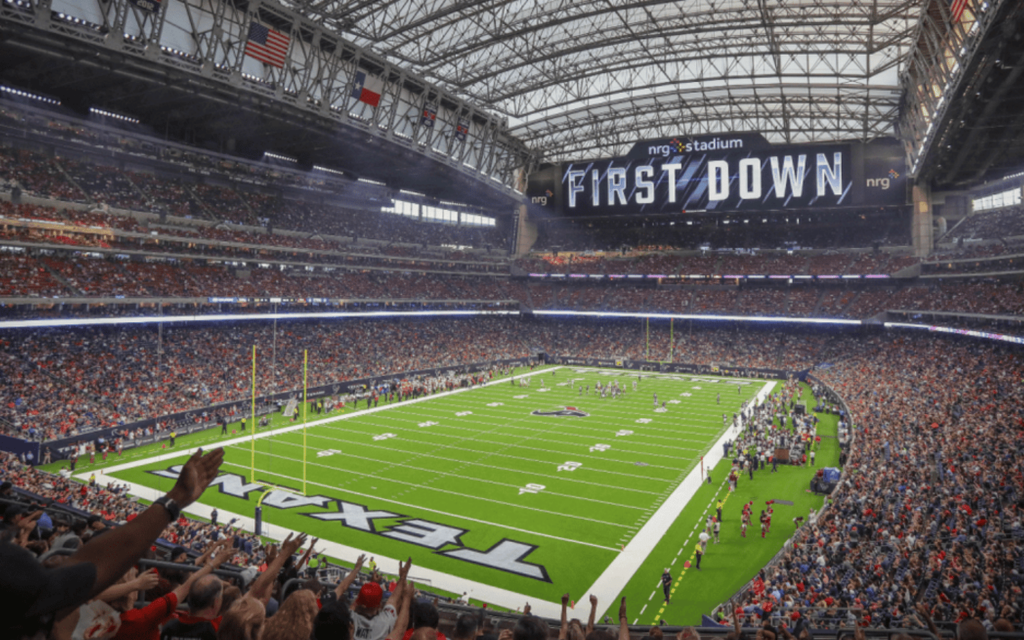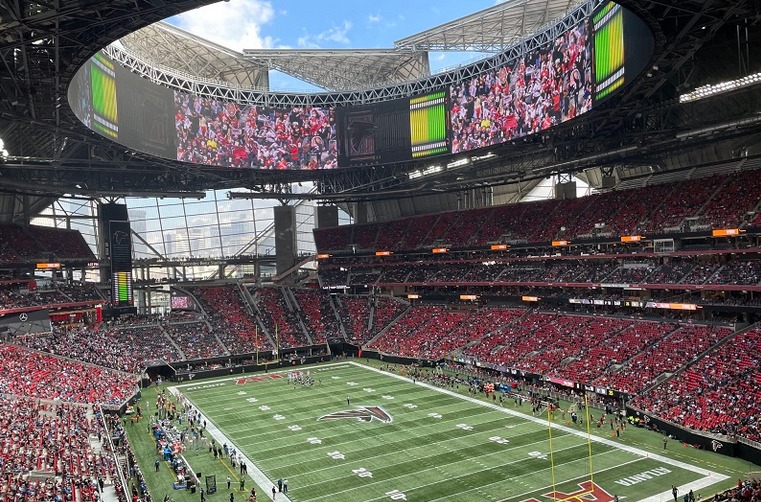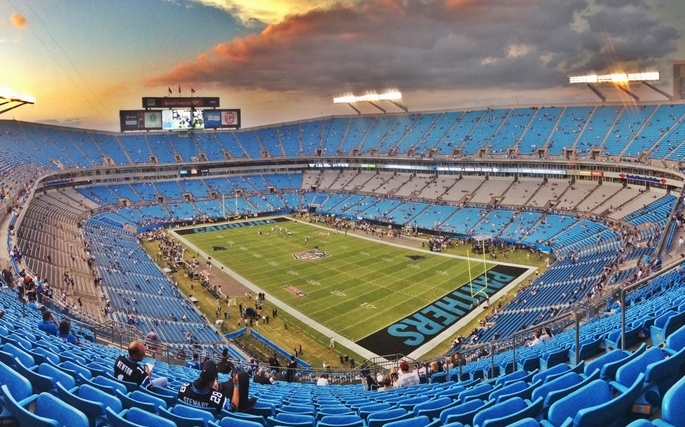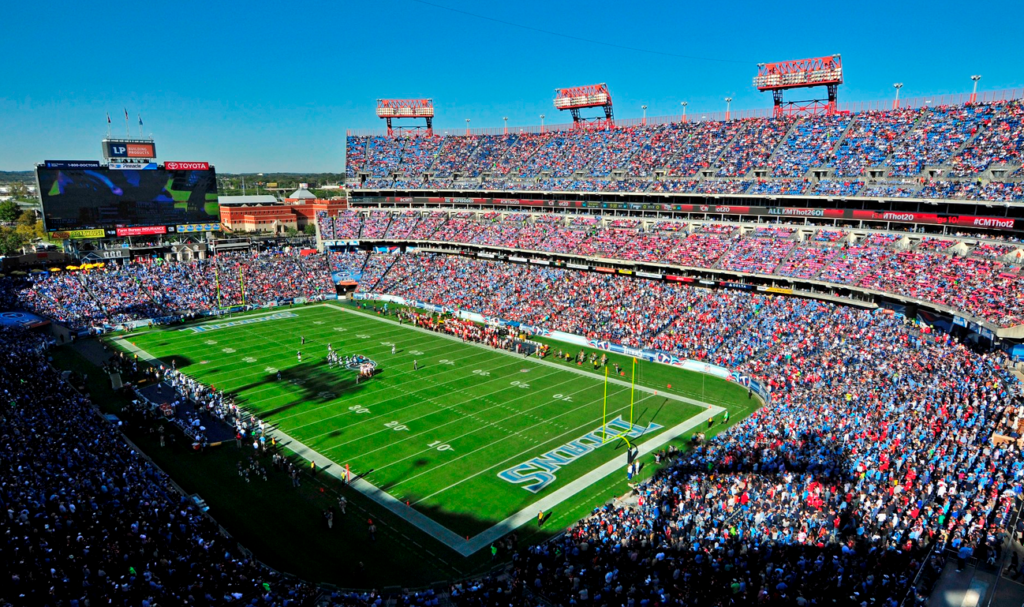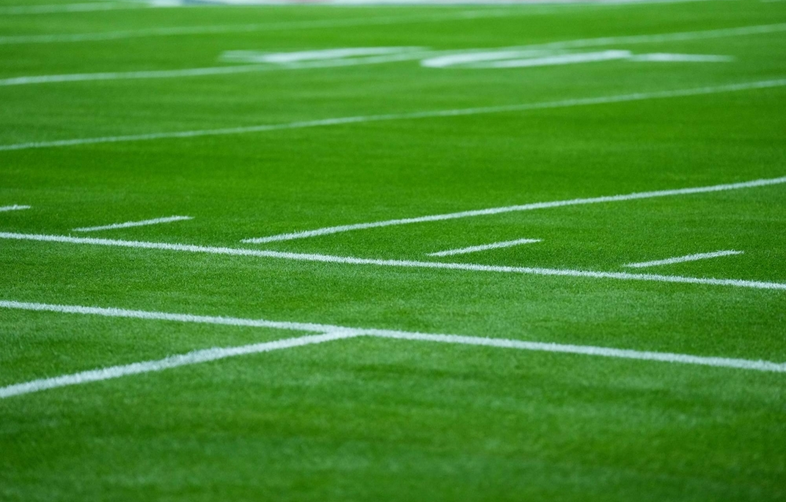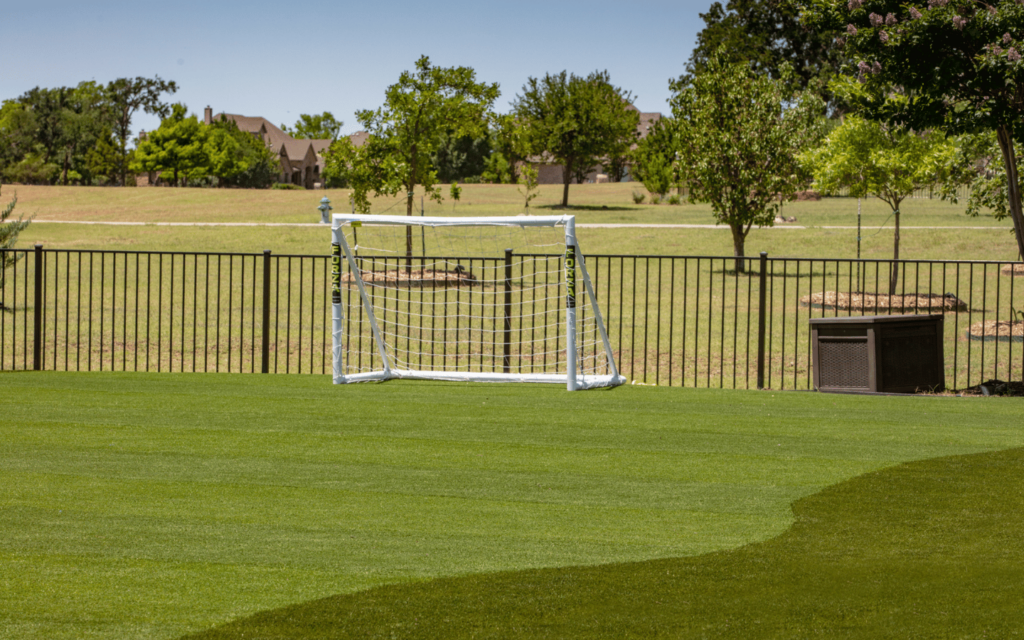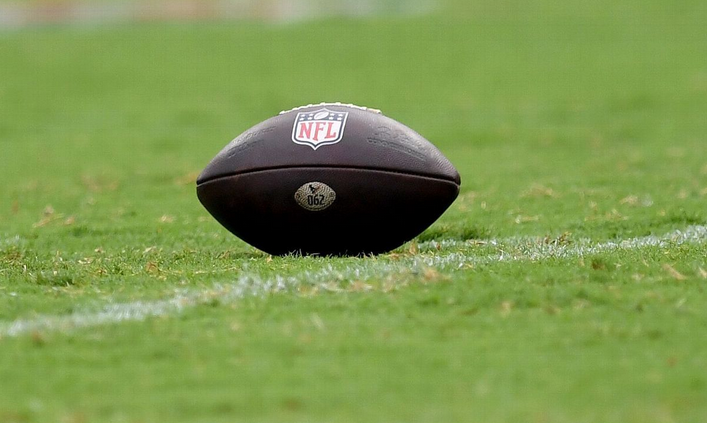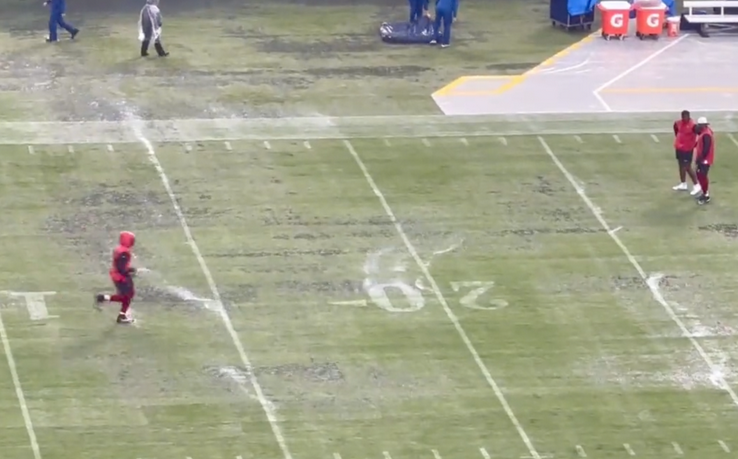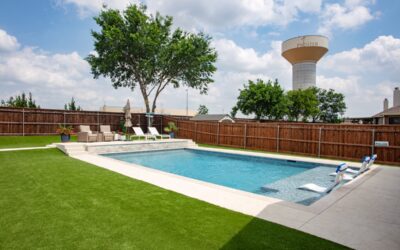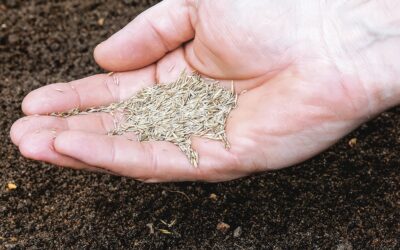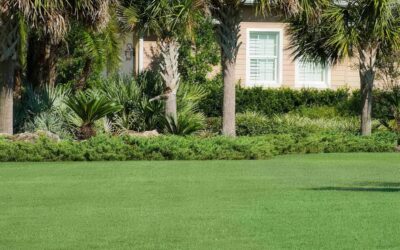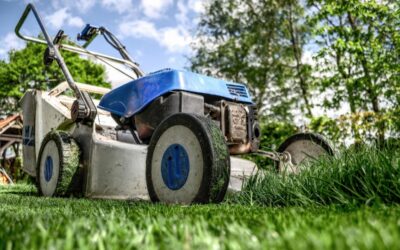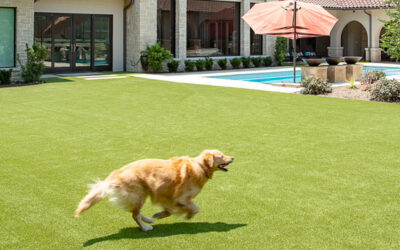Artificial turf versus grass is a huge choice for every NFL team. There are no rules so each NFL stadium must decide for itself.
Some teams switched decades ago, others in the last few years and some say they will never make the switch to artificial turf. A couple have even made the switch and switched back.
Sports field turf installations are increasing across the country and the NFL is one of the highest-profile users of artificial grass. Many college football stadiums have also transitioned to turf.
Let’s look at just how many NFL fields use turf, how many are grass, what the history is of turf usage in the NFL, and what the potential benefits are for professional sports stadiums and amateur or private sports fields that make the switch.
How Many NFL Fields Are Turf Vs Grass?
Of the 32 NFL teams, 17 teams play on 15 NFL fields that use artificial grass for home matches (the New York and Los Angeles teams share). That leaves 13 NFL teams and stadiums that prefer real grass fields and two that opt for hybrid versions, which combine real grass with artificial grass fibers.
This makes it an almost even split between the choice of grass and turf, with the artificial variety just shading it. Both turf and grass have their champions—with some who prefer the look and feel of real grass and others who argue that the year-round playability of artificial grass and low-maintenance benefits give it the nod.
History of turf use in the NFL
The use of artificial turf in NFL stadiums stretches right back to the late 1960s when AstroTurf came onto the market. The first NFL stadium to play on artificial turf was Franklin Field, when the Philadelphia Eagles hosted the Cleveland Browns in September 1969.
This turf, which is almost unrecognizable from the fine, realistic, lush varieties used on sports fields across the country today, was sold as a low-maintenance answer to real grass—one that remained playable all year.
No cutting, watering, fertilizing, seeding or much in the way of maintenance at all was required, making it especially attractive for team owners. The New Orleans Saints followed the Buffalo Bills as other “early adopters” of turf.
However, due to concerns over grass quality and the overall game experience for players and fans, only a few others followed (some of these stadiums are no longer in use) until relatively recent times.
In the past two decades, advances in manufacturing technology have developed far more realistic and affordable turf varieties that have promoted more teams to adopt turf.
Every NFL Field That Has Chosen Turf Over Grass
Of the teams currently in the NFL, the first field to use turf over grass was in 1973…and the most recent was in 2023. That’s a 50-year history of the use of synthetic sports turf in the NFL—and it’s arguably going from strength to strength.
Teams vary in the types of artificial turf they choose and how often they change it. The most popular choice in the NFL at present is FieldTurf, which (as you will see below) comes in several varieties.
All the NFL fields use green turf (apart from the Endzone paint markings and logos) and none have so far followed the lead of college football in getting colorful with their turf installations. SUNY Morrisville unveiled a black artificial field in 2023 and Boise State (blue) and Eastern Washington (red) also have colored fields.
Some turf stadiums that host FIFA-regulated soccer matches (like in the upcoming 2026 World Cup) need the ability to temporarily replace turf fields with real grass.
The 15 fields that use real grass generally choose Bermuda grass but Kentucky bluegrass or a combination of grasses are also used.
Let’s take a closer look at each of the 15 NFL fields currently with turf installed…
Highmark Stadium (Buffalo Bills)
The Highmark Stadium is the home of the Buffalo Bills and it’s had an artificial turf field from day one (1973).
Originally AstroTurf, the playing surface is currently A-Turf Titan 50. The Highmark is one of only two stadiums currently in use in the NFL that has never had real grass as its primary playing surface—but that’s about to change.
The Buffalo Bills are moving to a new stadium set to be ready for the 2026 NFL season. The new field will feature a grass playing surface for the first time in the Buffalo Bills’ history.
Caesars Superdome (New Orleans Saints)
The first game played at the New Orleans Superdome in 1975 was on AstroTurf and every home game since has been played on artificial turf, though this famous stadium is now known as the Caesars Superdome.
The Superdome has hosted more Superbowls than any other stadium in the country. Currently, the chosen turf variety is called Turf Nation S5,
Lumen Field (Seattle Seahawks)
The Seattle Seahawk’s stadium switched to turf in 2002, making it one of the longest-standing turf installations in the league—though it was originally planned to be a grass field.
The Seahawks changed their minds after playing on a turf field at their temporary home (Husky Stadium) during the 2000 and 2001 seasons.
Now known as Lumen Field, the current playing surface is FieldTurf Revolution 360.
Ford Field (Detroit Lions)
Ford Field, the home of the Detroit Lions, first installed artificial turf when it opened in 2002 but it has been upgraded several times since then. The current playing surface is FieldTurf CORE, installed for the 2023/24 season.
Interestingly, the stadium chose artificial grass despite receiving ample natural light for grass growth from its huge skylights.
Paycor Stadium (Cincinnati Bengals)
The Paycor Stadium switched from grass to turf in 2004 due to the difficulties in growing grass and a poor reputation with other NFL teams for its playing surface.
For many years, the Paycor Stadium has used UBU Speed Series S5-M Synthetic Turf in 2023/24, which is a slit-film variety of turf. This type of surface has received some negative publicity in recent years over safety concerns for players, so the stadium has decided to change to a FieldTurf CORE system for the 2024/25 season (this is a monofilament type of turf).
Gillette Stadium (New England Patriots)
The Gillette Stadium, home of the New England Patriots, has had an artificial turf playing surface since 2006, with several incarnations since then.
The height of the stadium has always created challenges with growing grass, due to a lack of sunlight, so artificial grass was the answer. The current surface fitted at the Gillette Stadium is the ever-popular FieldTurf CORE.
Lucas Oil Stadium (Indianapolis Colts)
The home of the Indianapolis Colts is the Lucas Oil Stadium, constructed in 2008 and with an artificial turf playing surface since day one.
The surface is currently being upgraded with new turf for the 2024/25 season. Hellas Matrix monofilament turf replaces the previous slit-film surface. This is made in Austin, Texas. Similar turf is also used at the So-Fi Stadium, AT&T Stadium, and NRG Stadium.
AT&T Stadium (Dallas Cowboys)
The owner of the Dallas Cowboys, Jerry Jones, has been one of the staunchest proponents of artificial grass for the past 15 years, ever since it was installed at the Cowboys’ new home, the AT&T Stadium, in 2009.
The current playing surface at the AT&T is Hellas Matrix Turf and the state-of-the-art stadium design allows for real grass to be laid for the FIFA World Cup. A complete artificial field can be re-laid in as little as 12 hours.
MetLife Stadium (New York Giants/New York Jets)
The MetLife Stadium is one of the largest NFL stadiums in the country and one of only two that plays home to two NFL homes: the New York Giants and the New York Jets.
The previous Giants Stadium had an artificial grass playing surface and the MetLife Stadium (completed in 2010) followed suit.
FieldTurf CORE has been the playing surface of choice at the MetLife Stadium since 2023.
NRG Stadium (Houston Texans)
The safety debate between artificial grass and real grass works both ways—and the NRG Stadium, home of the Houston Texans, is a good example.
The stadium installed artificial turf for the 2015 season after “horrible field conditions” and safety concerns beset the old grass surface.
Hellas Matrix Turf (made in Austin, Texas) is the current turf of choice at the NRG.
U.S. Bank Stadium (Minnesota Vikings)
The Minnesota Vikings’ home field at the U.S. Bank Stadium has been artificial turf since the new stadium opened in 2016.
The original turf (a slit-film surface) was replaced in 2019 and will be replaced again in time for the 2024/25 season—again using the Act Global Americas synthetic turf but using a newer monofilament surface design instead of slit-film.
Mercedes-Benz Stadium (Atlanta Falcons)
The Mercedes-Benz Stadium, home of the Atlanta Falcons, installed synthetic grass at its opening in 2017 and hasn’t looked back.
It is one of the newest stadiums in the NFL but even its predecessor (the Georgia Dome) had locally-made turf installed.
The FieldTurf CORE installed at the Mercedes-Benz Stadium was made in Georgia.
SoFi Stadium (Los Angeles Chargers/Los Angeles Rams)
The SoFi Stadium was the second stadium in the NFL to play host to home games for two NFL teams—the Los Angeles Chargers and the Rams—after its completion in 2020.
As the world’s most expensive sports stadium ever constructed ($5.5 billion), you might expect leading-edge features and multi-purpose usage.
The installation of Texan-made Hellas Matrix Turf as the playing surface puts the SoFi in good company with other leading NFL stadiums in the country.
Bank of America Stadium (Carolina Panthers)
Carolina could claim to be the “home” of artificial grass as it was a scientist in Raleigh who invented artificial grass (“ChemGrass”) in 1960.
However, the Carolina Panthers were one of the last of the 17 NFL teams to transition to turf. They made the switch at the Bank of America Stadium in 2021.
The Bank of America Stadium employs polyethylene-based FieldTurf as the playing surface.
Nissan Stadium (Tennessee Titans)
The Nissan Stadium in Nashville, home of the Tennessee Titans, is the most recent NFL convert to turf from grass—with the switch made in 2023. The main reason was the inconsistent natural grass playing surface at the stadium.
The new surface is Matrix Helix Turf, made in Austin, Texas. The stadium is also the first in the NFL to use an organic infill.
Hybrid fields
The Green Bay Packers (at Lambeau Field) and the Philadelphia Eagles (at Lincoln Financial Field) use hybrid fields, which are a blend of natural grass and synthetic grass.
Why Are More Sports Fields Switching To Turf?
The advancements in turf technology have had a major influence on the choices of NFL teams when weighing up the pros and cons of artificial turf and real grass.
Modern sports turf is vastly superior to the original AstroTurf—so much so that you may not be able to tell the difference between turf and real grass and may be tempted to water it!
Sports turf today is more realistic, more versatile, harder-wearing, more convenient, and more affordable than its predecessor from decades ago.
The safety question
While the “jury” is still debating whether turf or real gras causes more injuries for NFL players, proponents of turf have been moving away from slit-film designs (which attracted negative attention with its injury record) toward monofilament designs, which are generally considered safer.
It’s true that the M&T Stadium, home of the Baltimore Ravens, switched back from artificial grass to real grass in 2016 after complaints about player injuries. Before that, the Kansas City Chiefs decided to switch back to real grass from artificial grass in 1994.
However, real grass fields are not without their critics when it comes to dangerous playing surfaces. Fields like the Hard Rock Stadium (Miami Dolphins), the Acrisure Stadium (Pittsburgh Steelers), and Soldier Field (Chicago Bears) regularly face criticism about the state of their playing surfaces, especially after heavy rains or when the surface becomes worn down and slippery.
It should also be remembered that some fields that are now turf made the move away from grass because of player preferences. For instance, the Nashville Titans said the old grass surface at the Nissan Stadium was inconsistent and undependable, with the highest lower-body injury count of any stadium in the league. This prompted the change to turf. Even teams that use natural grass playing surfaces for games often install turf practice fields.
There are some differences between turf and artificial grass but many of the benefits that apply for a backyard lawn also apply to sports turf. A quick look at the pros and cons can highlight many reasons why more fields are making the switch to rather than from turf—not only in the NFL but in college football, professional soccer, many amateur sports fields, and even in backyard courts and mini-sports fields.
Pros And Cons Of Turf And Grass
Not going to lie. We feel the benefits of turf greatly outweigh those of grass for sports fields—and that’s reflected in the lists of pros and cons of turf and grass below:
Artificial Grass Pros
- Highly realistic appearance—closely mirroring real grass
- Green all year round—retains its verdant appeal for spectators
- Very little maintenance required—less work for stadium maintenance teams
- No water required—better for areas that need to conserve water
- Highly durable—can last many years even for pro football (most surfaces are replaced every 5-8 years)
- No divots or potholes—may increase safety
- No mud after heavy rain—also better for safety
- Remains flat and even—also better for safety
- Playable all year round in all weather—even in icy conditions
- Always the right height—no need for cutting or growing
- No sunlight required—looks great even in tall stadiums with little sunlight
- Sun-resistant—no drying, discoloration or fading
- Allergy-free—some players can develop allergies to real grass
- Lower costs in the long term—turf pays back the higher installation costs in a few years
- Regular technological advancements—improve the features and safety record with better breeds of turf
Artificial Grass Cons
- Gets hotter than real grass—though cooling technology can ease this
- Some concerns over player injuries—especially with slit-film installations
- Higher upfront costs—installation costs for turf are considerably higher than sod
- Not biodegradable—should be recycled rather than put in a landfill after usage
- Lower-quality grass can be slippery—but NFL teams use premium products
- Not entirely maintenance-free—as is sometimes claimed
- Can trap bacteria—if not properly cared for
- Drainage is often more challenging—though professional installations address this
- Reduced flexibility—because the field lines are sewn into the fabric (cannot be easily changed for other sports)
- Some concerns over excess friction and its effect on players
Real Grass Pros
- Some players prefer real grass—and make that clear
- Some spectators feel it looks better—they prefer the aesthetics
- Some consider real grass better for the environment—as an organic and biodegradable product
- Absorbs carbon and releases oxygen—also considered better for the environment
- Remains cool—even in the hottest months
- Greater flexibility—to repaint the field lines and host different sports
- Lower installation costs—grass is relatively inexpensive to install
- More natural odors compared to artificial turf
- Natural drainage system
Real Grass Cons
- High maintenance—increases ground care requirements
- Water and sunlight dependency—otherwise it will not grow healthily
- Higher costs over the long term—due to the ongoing costs of upkeep
- Can get muddy and slippery after rains—worse for player injuries
- The surface can become damaged—especially after adverse weather
- Can get worn down in busy periods—also leading to more slips and falls
- More matches postponed—can be unplayable in wet, icy or snowy conditions
- Exposure to possible allergens—either from the grass itself or the chemicals used on it
- Variable playing surface—with uneven bounces of the ball possible
Turf vs. grass for sports fields
Every field in the NFL measures 120 yards by 53.3 yards. What goes between those dimensions varies from field to field.
The choice of artificial turf versus grass is one of the most basic decisions that NFL teams must make. Grass has many varieties but, with technological advances, so does turf—and both surfaces have their pros and cons.
Now you know how many NFL fields are turf and how many are grass, you can decide whether it’s right for your sports field, backyard or commercial area. Speak with one of our artificial grass professionals to check your options.

